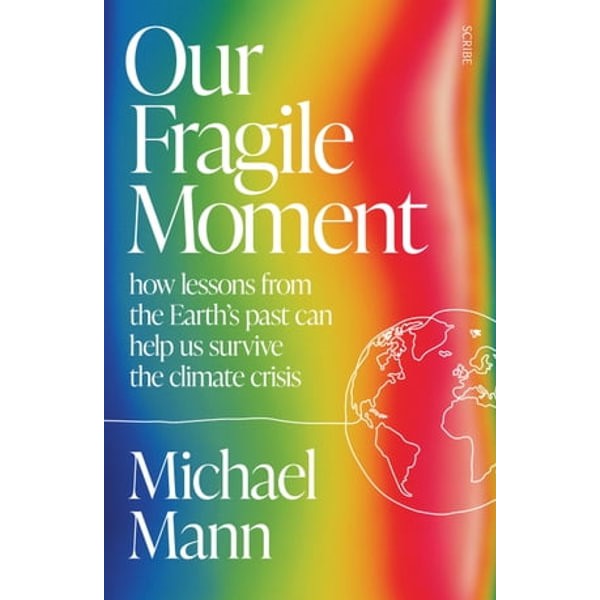In his new book Our Fragile Moment, Professor Michael Mann goes back in time and examines all the critical climate-changing events in our planet’s history. He shows what lessons can be learned from each one, and more importantly what lessons can’t be drawn from these events.
One of the most important lessons is that climate impacts are not all neatly reversible. For example, if we start to lose an ice sheet because of excess atmospheric CO2 and warming, just dialling down the CO2 back to its starting point will not magically renew the ice sheet in proportion.
This phenomena, called hysteresis, has played out many times over the course of Earth’s 4500 million year history.
Mann’s analysis shows that some of the gloomiest climate projections are unlikely to play out. Nevertheless he warns that “Dangerous climate change cannot be avoided. It’s already here. It’s a matter of how bad we are willing to let it get.” Global mean temperatures are already around 1.2oC above pre-industrial times. As Mann shows, we are potentially only a few points of a degree from destabilising the Greenland Ice Sheet.

On the other hand, Mann does not buy into the most catastrophic societal collapse scenarios as long as we take action. For example, his scientific analysis shows that neither runaway methane-driven warming nor an uninhabitable world are plausible in any scenario but total inaction. He concludes that even under a business-as-usual scenario, the warming of the planet is unlikely to exceed 3 degrees. But that’s hardly comforting because at that level of warming we can expect lots of loss of life, destabilization of societal infrastructure, chaos and conflict. It’s not a world we want to live in.
He acknowledges that there are lots of uncertainties but argues they are reasons for more prompt action rather than less.
What are these actions? Among them is to keep carbon emissions within definable carbon budgets. This means carbon emissions being brought to zero within three decades and getting halfway there within a decade if we are to limit rise to 1.5 degrees. Even if 1.5 degrees is exceeded, “there is no point beyond which we shouldn’t keep trying to limit warming. Every fraction of a degree matters.”
The book achieves its objective by demonstrating the lessons and relevance of past events to our potential future climate and dispelling some myths along the way. It would have been even better if there were more diagrams to support the text. And even though Mann feels privileged to have experienced some current events first hand and knows many of the researchers in the field, the constant references to himself become grating and do not add to the book’s thesis which could have been made just as well without them.
This does not detract from the work’s value. Indeed Mann has given us an approachable book with numerous insights into the ingenious techniques scientists use to examine the past climate and envisage the future. And more importantly, he provides the supporting evidence for an optimistic outlook provided we take the climate actions needed to preserve our fragile moment.
The reviewer is a co-author of Court of the Grandchildren, a novel set in 2050s America.
Main image credit: wilhei via Pixabay
